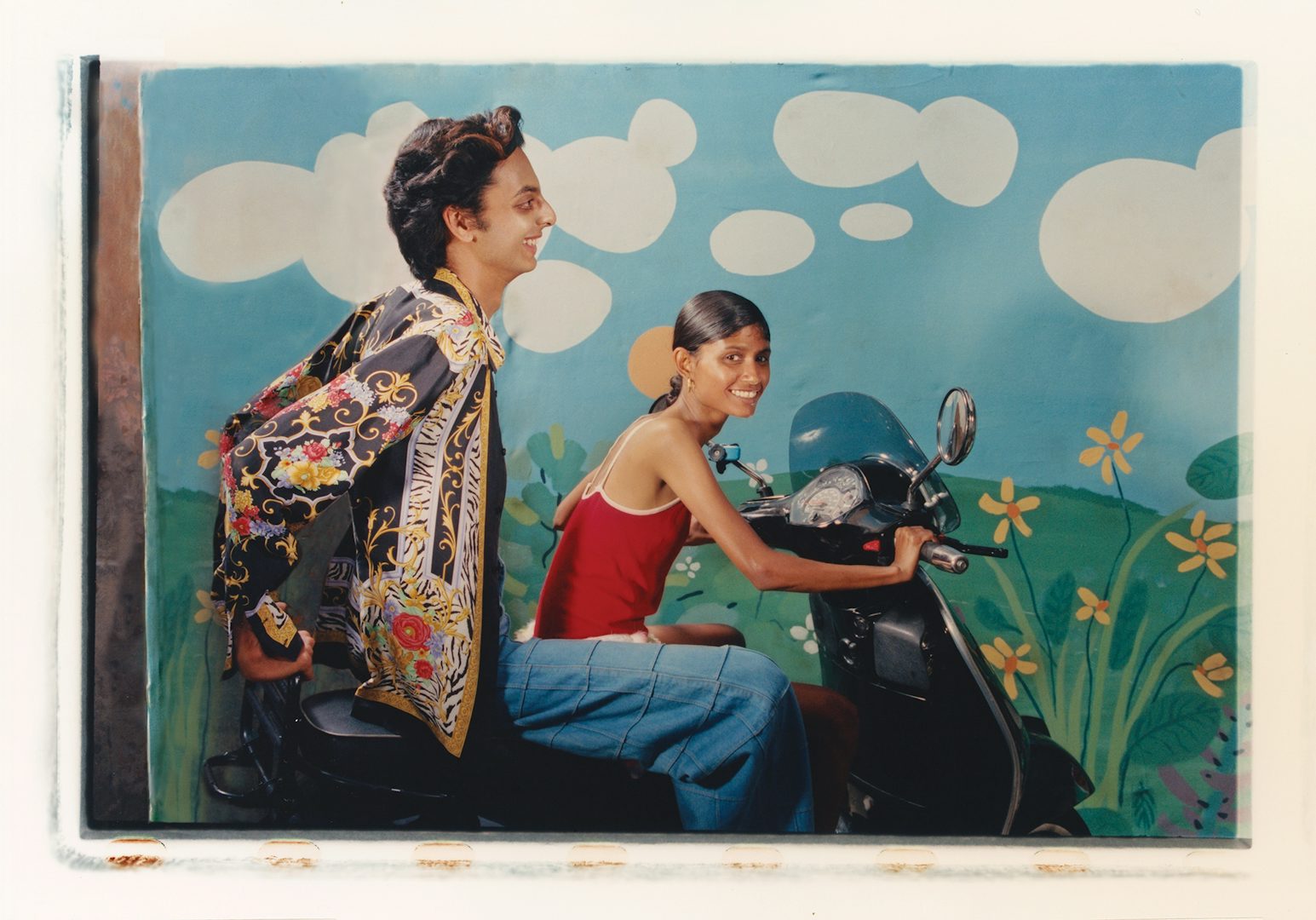Weaving narratives with Tara LC Sood
Included as part of our New Talent showcase for 2024, Tara LC Sood has had an unconventional route into photography and developed a process that considers people’s interior and exterior worlds
Even as more photographers heed the call to document their culture and heritage, capturing the spirit of a people, place or tradition remains no easy feat. Nostalgia often serves as the thread connecting audiences to histories that might otherwise remain out of reach. But what happens when that thread tightens and we become fixated solely on the beauty of an image rather than the narrative it carries? In Tara LC Sood’s work, nostalgia is a vehicle, transporting us through India’s lesser-seen cultures and the lived experiences of its people.
Sood defines much of her work as “staged documentary”, rooted in her childhood, where she was immersed in the vintage aesthetics of India, London and France. “Goa [which was colonised by the Portuguese] had this wonderfully ornate architecture and beautiful heritage homes,” she shares. And her grandmother’s house in the south of France wasn’t far removed – an old, dilapidated farmhouse with “crazy attics and weird pieces like a strange rocking horse”, she adds. “My whole childhood had this sense of vintage between my heritage and European influence.”
Swiftly developing a taste for the unconventional, Sood’s teen years saw her enamoured with the peculiarity of 1970s style and icons such as David Bowie. “Not just David Bowie – Jareth, the Goblin King, Bowie,” she asserts. This love for the unusual sent her coursing through independent cinema, particularly the surreal, character-driven worlds of Federico Fellini, which mirrored the Indian and French short films she was also watching at the time.
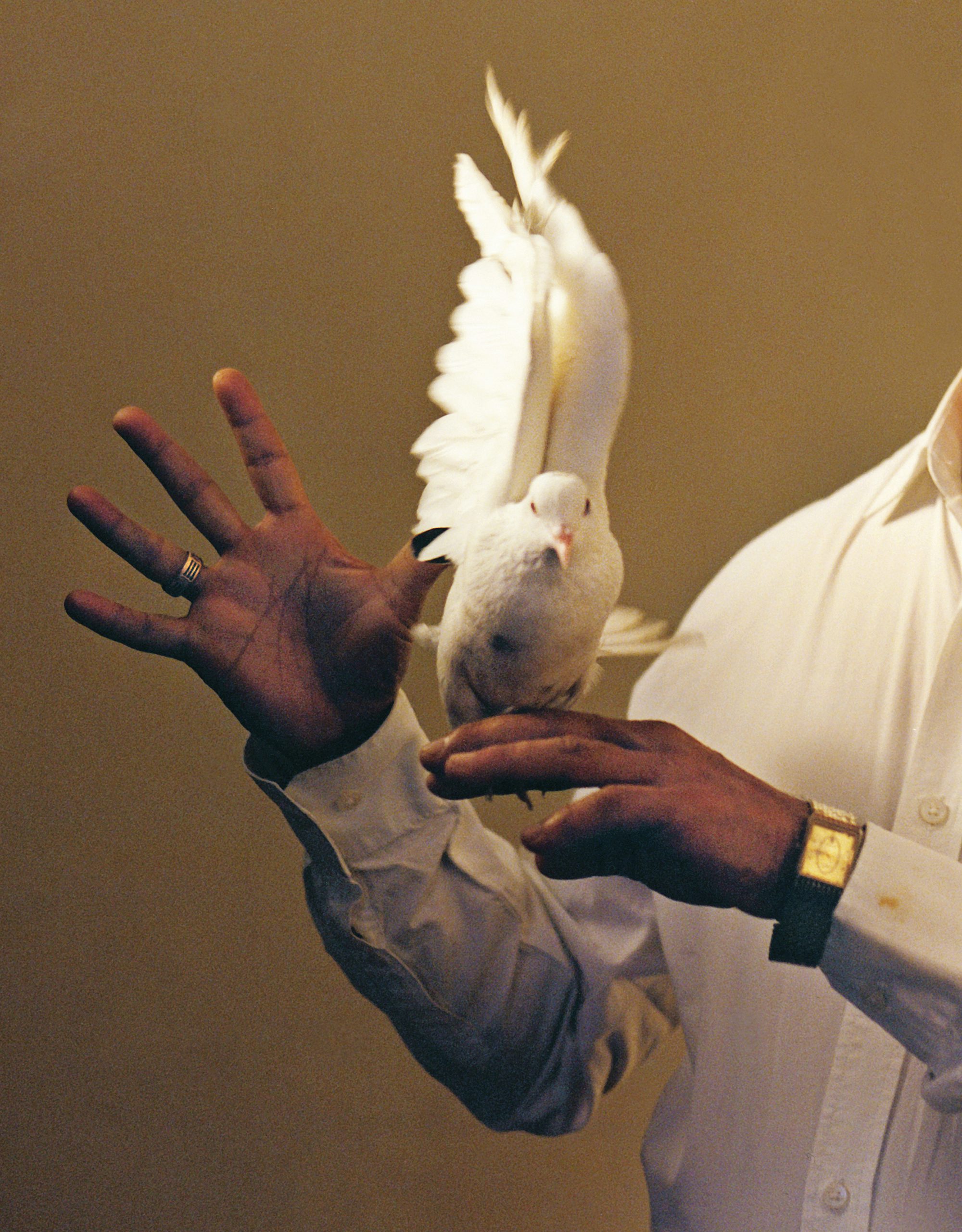
“His films felt wild, uncanny and intentionally open-ended,” she reflects, qualities that now infuse her own work with ambiguity and an offbeat, interpretative style. Inspired by these influences, she initially pursued filmmaking but soon realised that photography offered “a higher production value on a smaller budget”. This shift followed her studies in performance art at Central Saint Martins in London, where she honed her sensitivity to the raw vulnerability of human expression.
This sensibility shines through in The Studio, a series in which Sood draws on India’s long history with photo studios – spaces once vital for immortalising people through moments of significance, before individually owning a camera was the norm. She elevates this tradition, blending archival flair with performance, inviting subjects to step into characters of their own making. From sibling dynamics and cultural artefacts to centring relational playfulness, her lens doesn’t just document, it reinvents, enriching the representation of coming-of-age for Indians through the interplay of reality and hope.
When finding your style, you have to be a little delusional – in a positive way. Don’t worry too much about making mistakes
“To achieve this you have to be patient,” Sood explains. “There’s this idea in photography that the person in front of the lens becomes who they think you want them to be. They’re performing for you, without even realising it. Letting their guard down is crucial, so you have to create an atmosphere of waiting. I wait and talk and ask about their lives until the mask they’ve created begins to fall.” In this gentle unfolding, her process transcends mere direction, resulting in a frame where subjects collaboratively shape their representation.
As you trace her works, it becomes clear that representation is as much for Sood about subverting notions of India through light and colour. She refers to this part of her process as “muting”, where she moves lighting around on set to prevent oversaturation and creates a moonlit effect in the darkroom to achieve her signature glow. We see this in The Great Mandrake Magic Convention, her photographic series and film depicting renowned magicians performing in Bangalore, where she is resolute on avoiding kitsch.
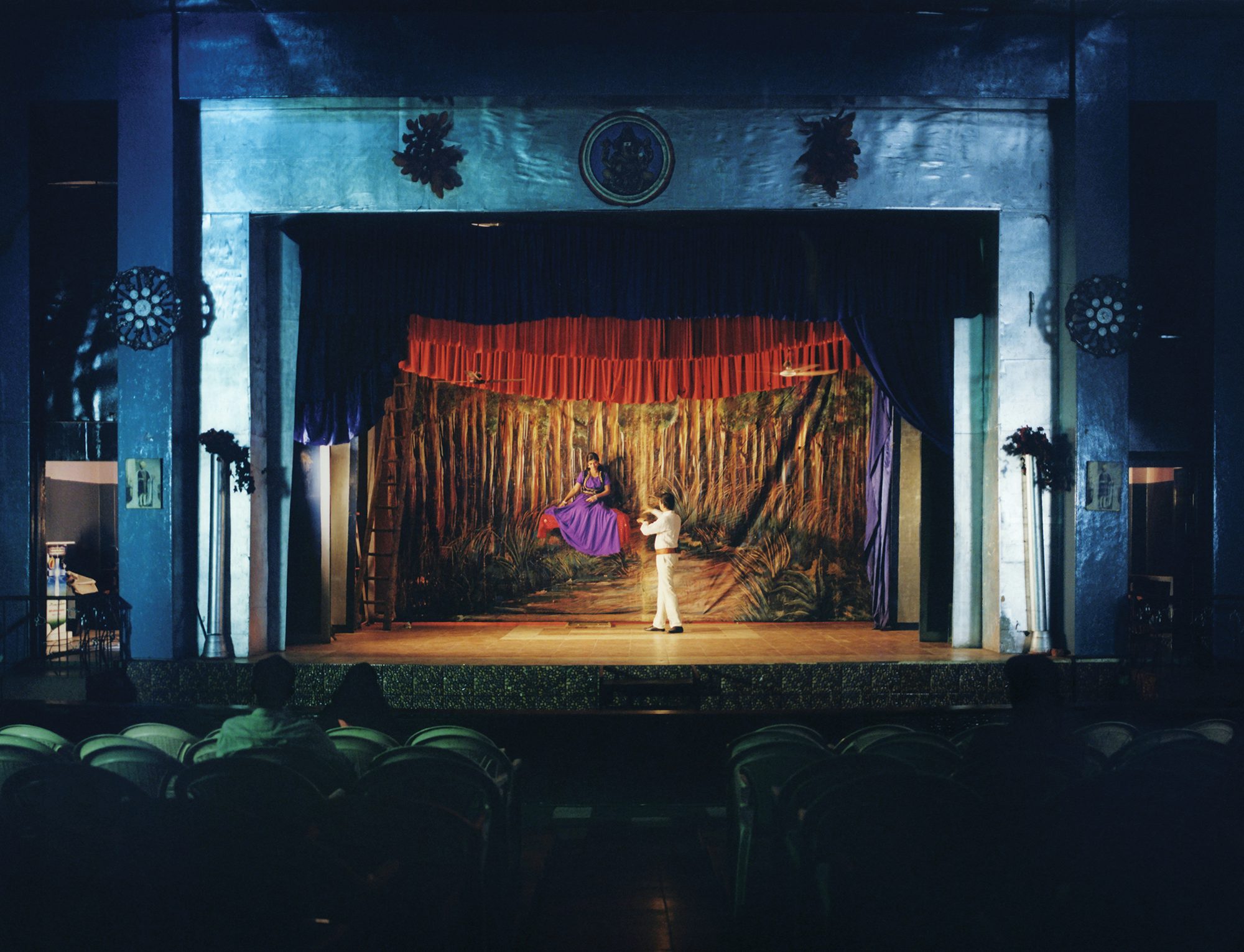
“I want to reject the idea of what India is,” she explains. “India is beautiful, but I don’t want things to be too loud; it makes the human aspect harder to reach.” The performers are framed against striking yet subdued interiors and exteriors, balancing the allure of magic with the deeper community bonds it represents. By quieting the expected spectacles, she invites us to linger and look past the glitz into the humanity beneath the magicians’ performance.
In order to preserve such a poignant style, every decision she makes is with her artistic freedom in mind. “I always want to create something meaningful, not just for the sake of it,” she says. In a climate where arts funding continues to erode and commercial commissions often serve as a lifeline, emerging photographers may feel the subtle pull to relinquish their artistic vision. Yet for Sood, the answer lies in striking a careful balance.
“Have a side hustle, ideally within photography, so you don’t have to rely on your personal work to sustain you,” she advises. “I invited a fashion photographer out for a coffee, then spent the following two years as their assistant. I gained a great mentor, but most of all the invaluable ability to support my artistry.”

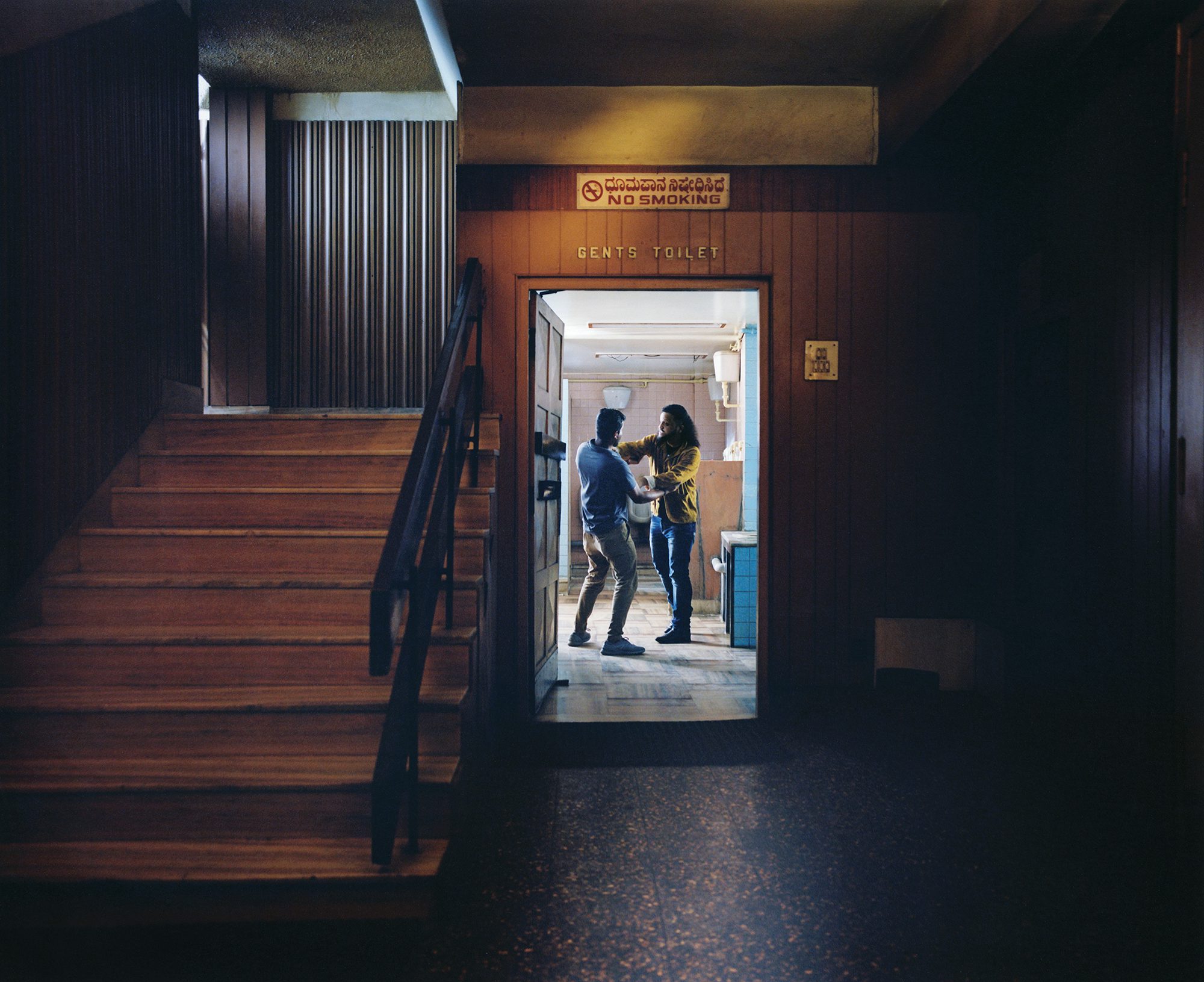
Following this period of exploration, Sood was able to secure funding for her projects, by which time her style had begun to take shape. “When finding your style, you have to be a little delusional – in a positive way. Don’t just consume what’s expected, and don’t worry about making mistakes. Be intuitive and fearless. And when you struggle to put work out, remember you may be too attached to the identity of being a photographer when the purpose is to just be creative.”
Sood has become aware that her craft is deeply tied to collaboration, especially with fellow photographers Delali Ayivi and Ana Margarita Flores. Ayivi’s mastery of colour and detail, combined with Flores’ exploration of Peruvian identity, continues to broaden Sood’s understanding of what documenting culture can and should look like.
Her admiration also extends to British-Nigerian photographer Gabriel Moses, whose “intuitive and fearless” approach opens her mind to the possibilities for photographers creating futuristic visuals around the Global South and its diasporas. “We’re all contributing something bigger than our individual work – it’s about cultural memory and preservation,” she asserts, emphasising that true artistry flourishes at the intersection of shared stories and experience.
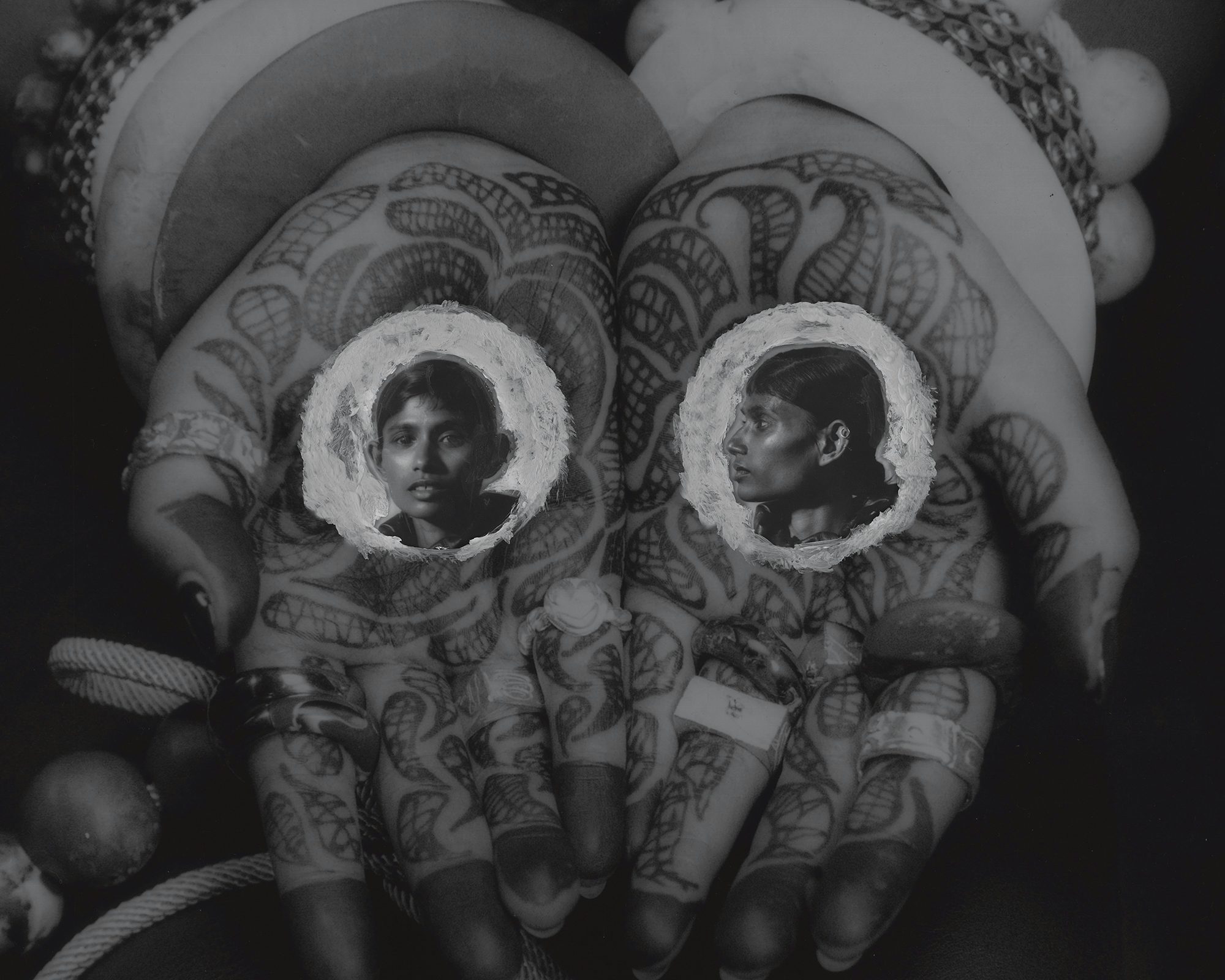
With awe in her eyes at the world that the wider collective of photographers are carving, Sood gazes ahead and says, “I want the freedom to shine a light on anything I want in India. Any causes that make me tick. But in a way that invites people to a middle ground, where it’s not too dark but also not romanticised – I want to find and document reality.”
Her journey has been one of intention and freedom, but the quest for more is the central task of any artist; constantly pushing the boundaries of what one’s vision can illuminate. And our task? To wait. To see how the photographer will again use nostalgia to uncover the pulse of India, and its people, anew.
